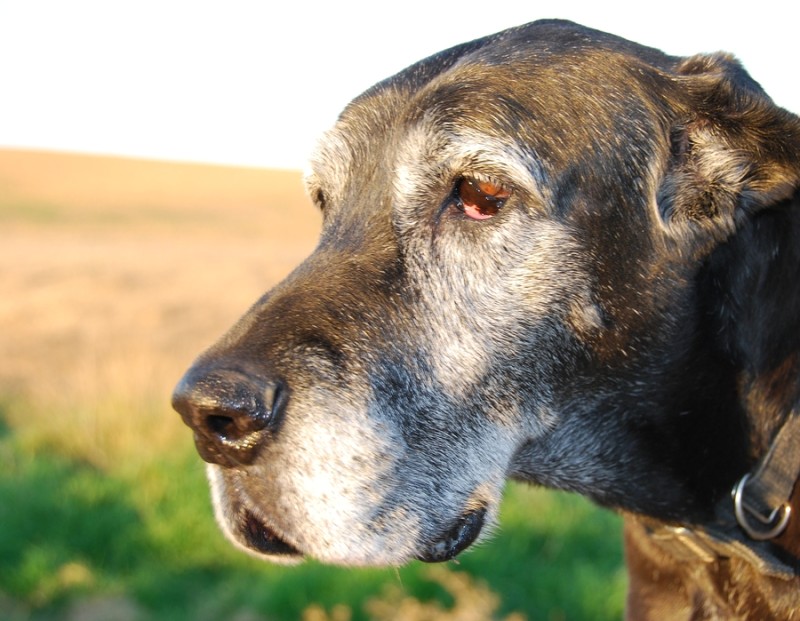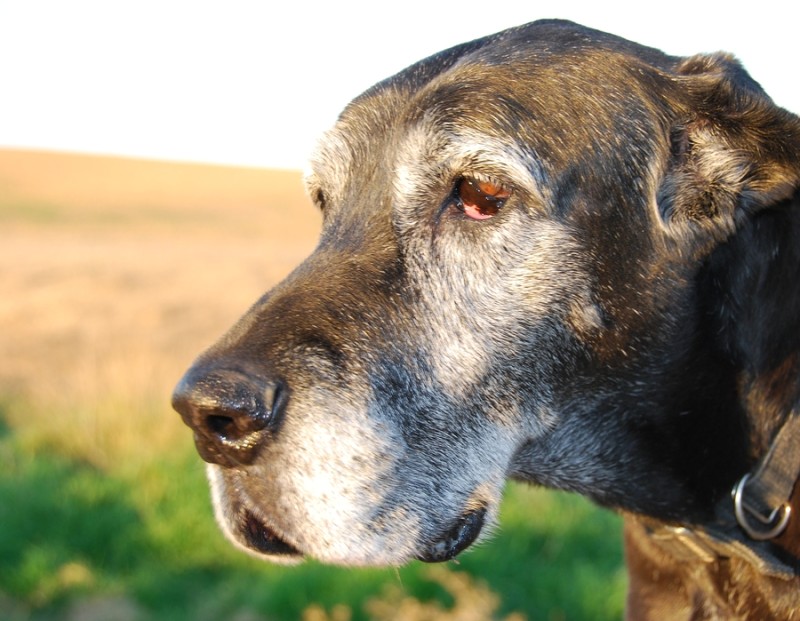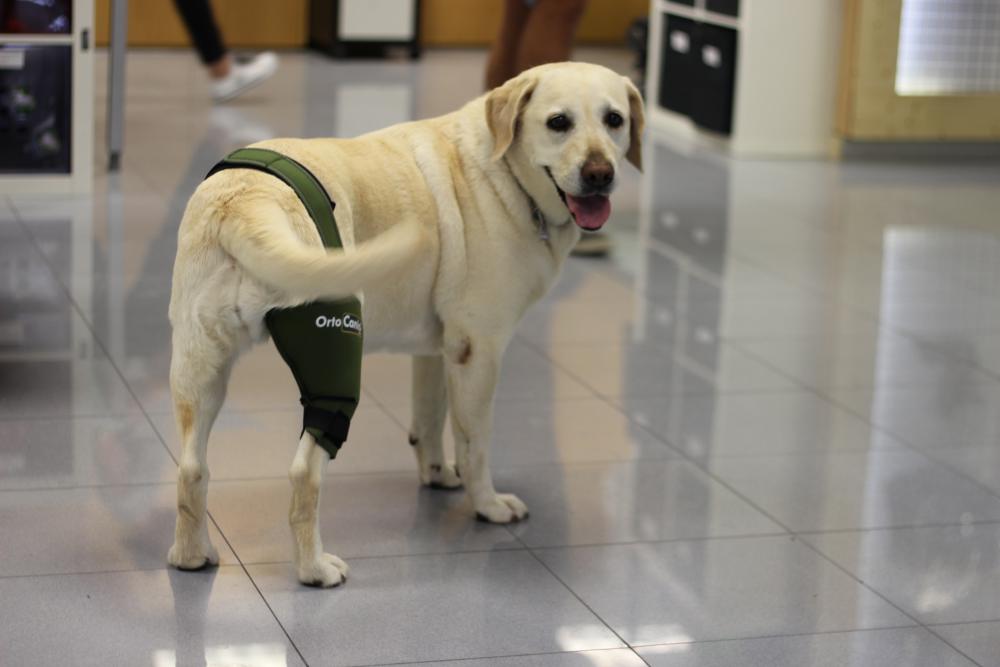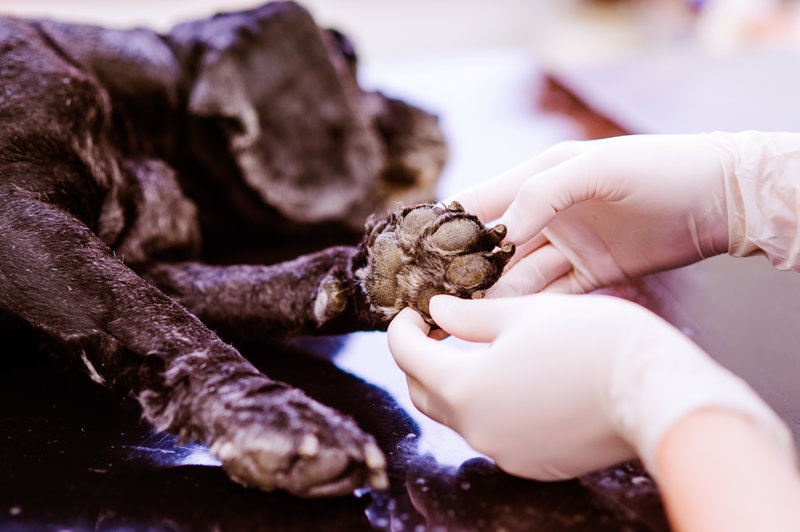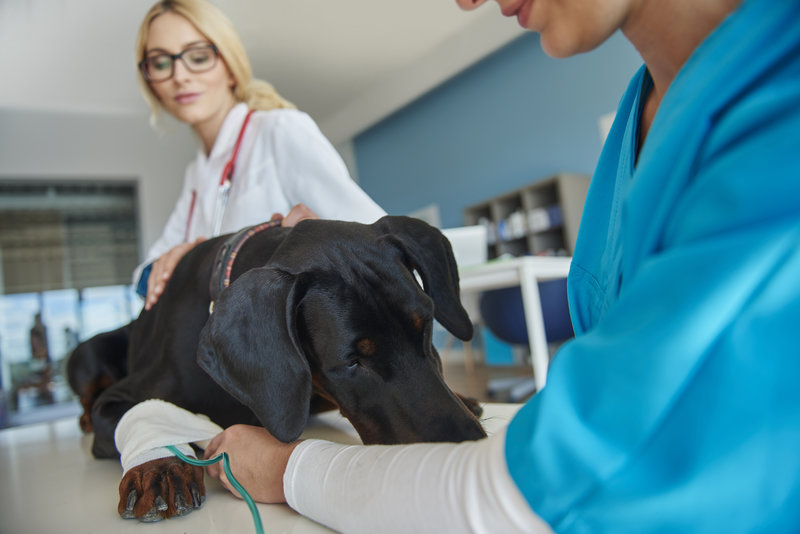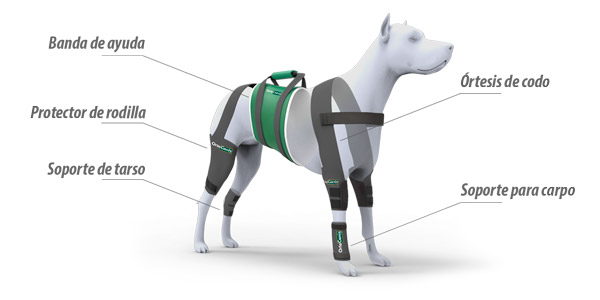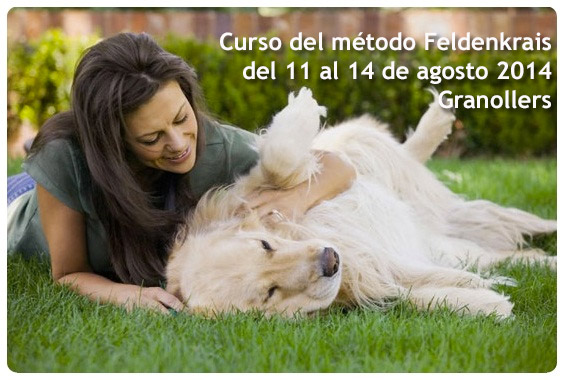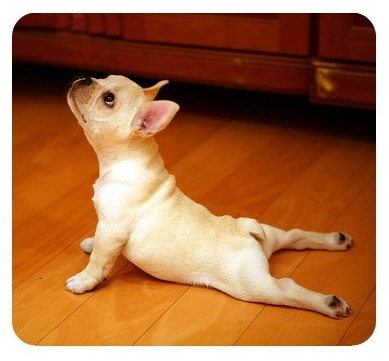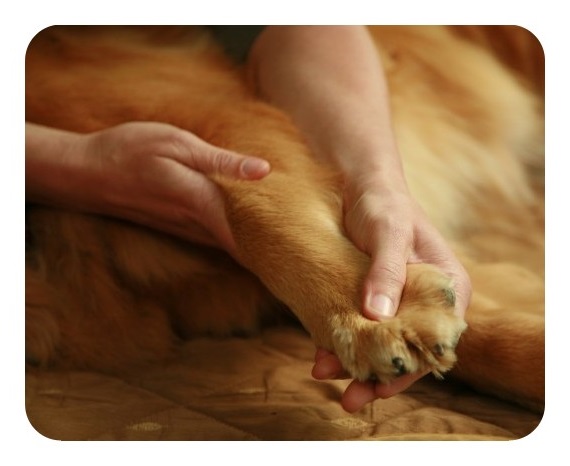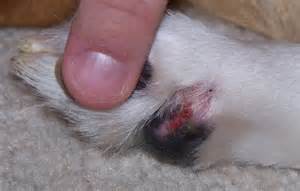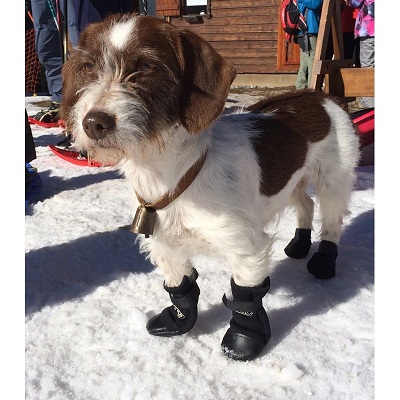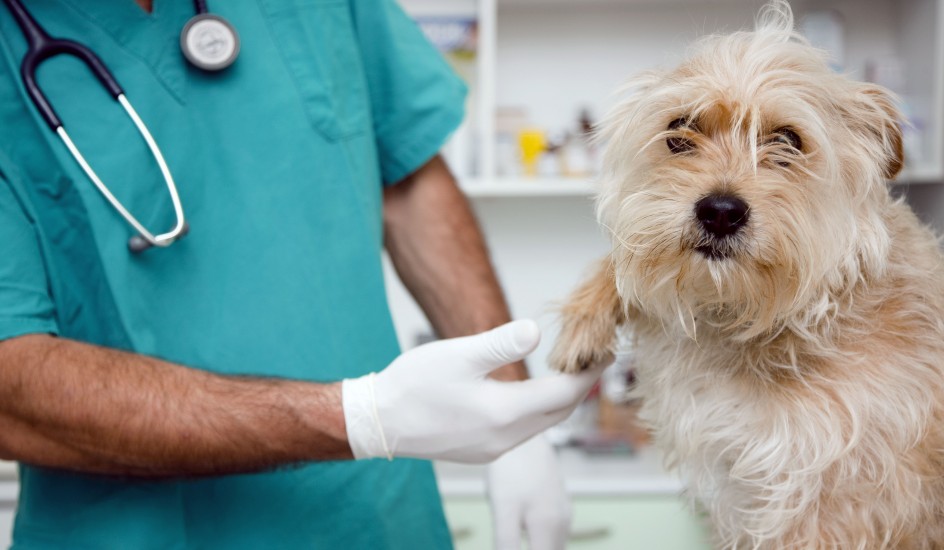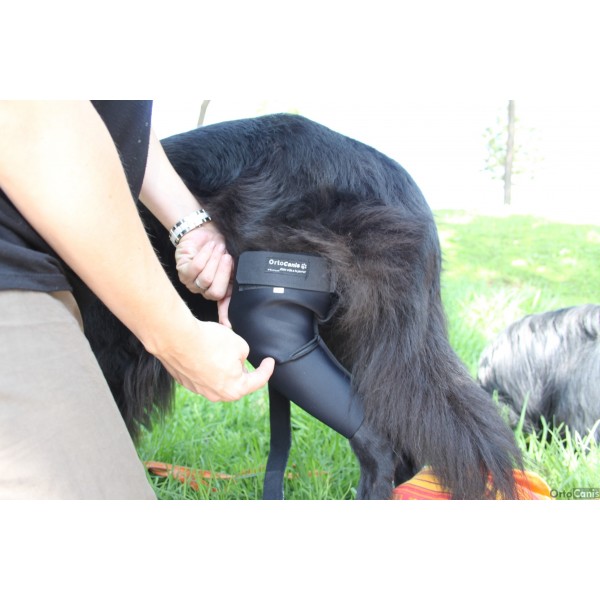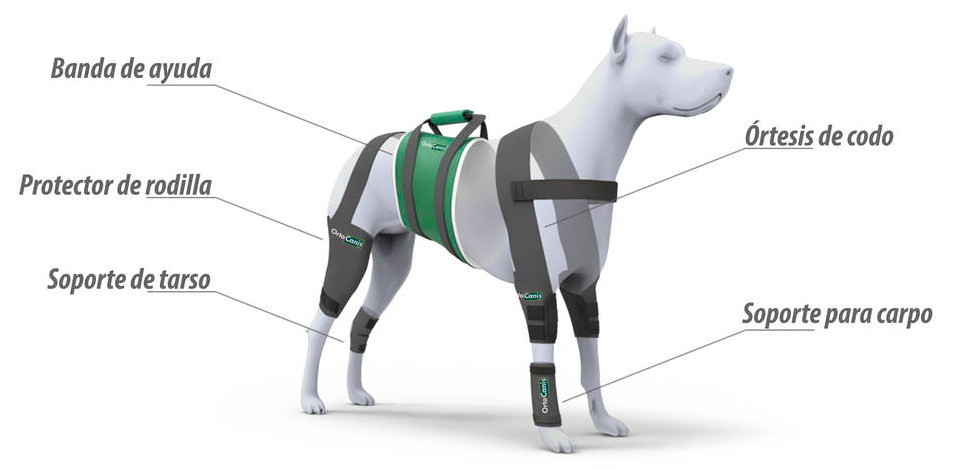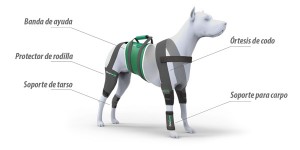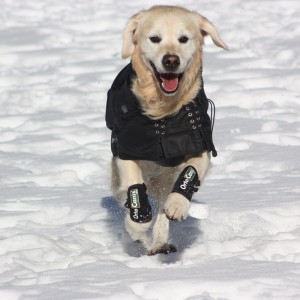Old age, if we are lucky, is something that affects us all equally, whether we are humans, dogs, cats or any other species. Although each one can have its particular pathologies, the truth is that the diseases of adult dogs are often similar to ours. We leave you what they are and their symptoms so you can detect if they are affecting your friend.
What are the diseases of adult dogs
A dog is considered an adult when it reaches 8 years of age. When it comes to large breeds, it can be even sooner. At this stage, imbalances in health and some pathologies typical of this age begin to appear. Although not all dogs will suffer from them, we are going to find out what are the most common diseases of adult dogs and the symptoms they present.
Although some may have treatments or solutions to help them improve, others are a natural part of the process of any living being and the only thing we can do is support them and continue to love them so that they feel supported.
osteoarthritis
Osteoarthritis is probably one of the most frequent diseases of adult dogs. It is familiar to us since it also affects humans, and the symptoms are very similar. Bone and joint pain and difficulty in performing certain movements are the symptoms that appear when this pathology progresses.
That is why adult dogs become progressively more inactive and can change their cheerful and playful character. The symptoms are, therefore, an increase in passivity, complaints when making some movements, loss of interest in walking and playing, and even loss of appetite. However, there are many solutions such as slings or knee protectors that can help relieve pressure and reduce pain.
Obesity
Obesity is another of the diseases of adult dogs that occurs more frequently. In addition, it is often linked to osteoarthritis. Excess weight increases the pressure on the joints and the effort they must make.
To prevent this from happening, you have to pay attention to your diet. Excess treats should be eliminated and opt for a senior feed. Nutritional needs vary as well as the total number of calories. Obesity can cause other diseases in adult dogs, such as heart and kidney diseases.
deafness and blindness
Both are also diseases of adult dogs, just as they happen to people. As long as they maintain their sense of smell, dogs can handle themselves quite well. On the other hand, in the case of blindness, if it is about cataracts, they can be operated on. When it comes to degenerative processes there is little we can do. Since it is possible that they move at a slower speed, we should always offer them a good coat to walk.
Kidney diseases
Although there are more, the last of the most frequent diseases of adult dogs are kidney diseases. Nausea or loss of appetite are the main symptoms of this pathology. Although there is no cure, some medications can reduce the discomfort caused. Just like with arthritis.

